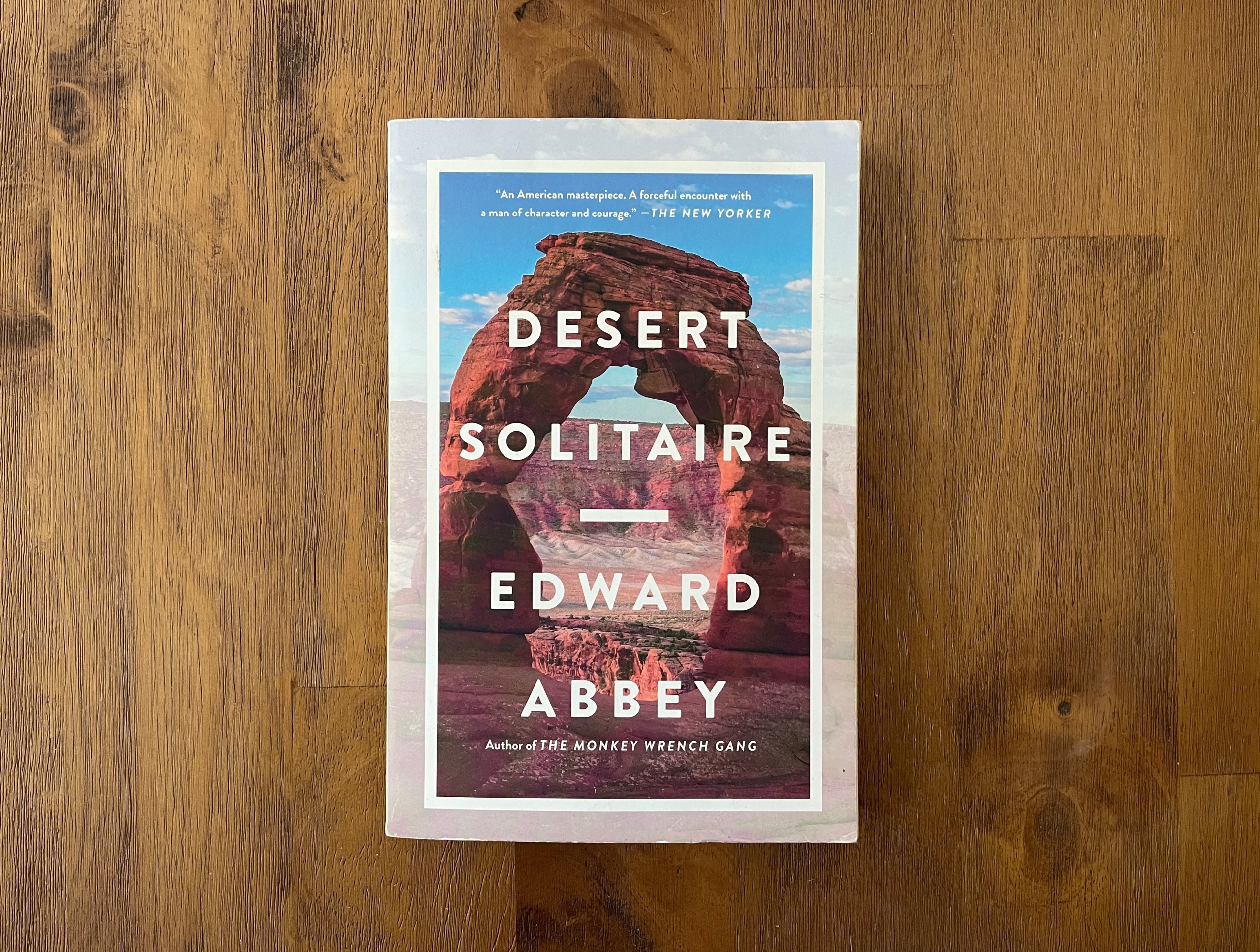
Questioning Our Tolerance for Losing Old Forests
A new study about forest loss around the world makes me wonder: When will we be satisfied with the goods and lifestyle we have instead of seeking to acquire more? When will we quit cutting down trees, digging up coal and drilling for oil, and decide that there’s value to maintaining a livable planet?
A new study about forest loss around the world makes me wonder: When will we be satisfied with the goods and lifestyle we have instead of seeking to acquire more? When will we quit cutting down trees, digging up coal and drilling for oil, and decide that there’s value to maintaining a livable planet?
Researchers at the University of Maryland, Greenpeace, Global Forest Watch, World Resources Institute, and NGO Transparent World worked with an independent forestry consultant to analyze satellite images of forest cover to understand how it has changed since 2000. They focused on “intact forest landscape,” areas of forest and natural open areas “with no remotely detected signs of human activity” of at least 500 square kilometers (193 square miles, or slightly more than one-eighth the size of Long Island).
Intact forest landscapes provide a range of ecological services. Undisturbed forests store immense amounts of carbon, up to 70 percent more per acre than logged or degraded forest. Large areas of old forest are critical for animal species diversity: in the tropics, a majority of animals require old-growth forest, and in cooler areas large trees and extensive woody debris in old forests support a diverse array of animals. Undisturbed forest landscapes also help protect drinking water supplies by limiting sediment runoff and slowly releasing water into streams and rivers.
These functions are dramatically weakened if the area is logged or selectively harvested, fragmented by a new road or pipeline, or otherwise damaged. Much of the value of these intact forest landscapes comes from the extent of the undisturbed area.
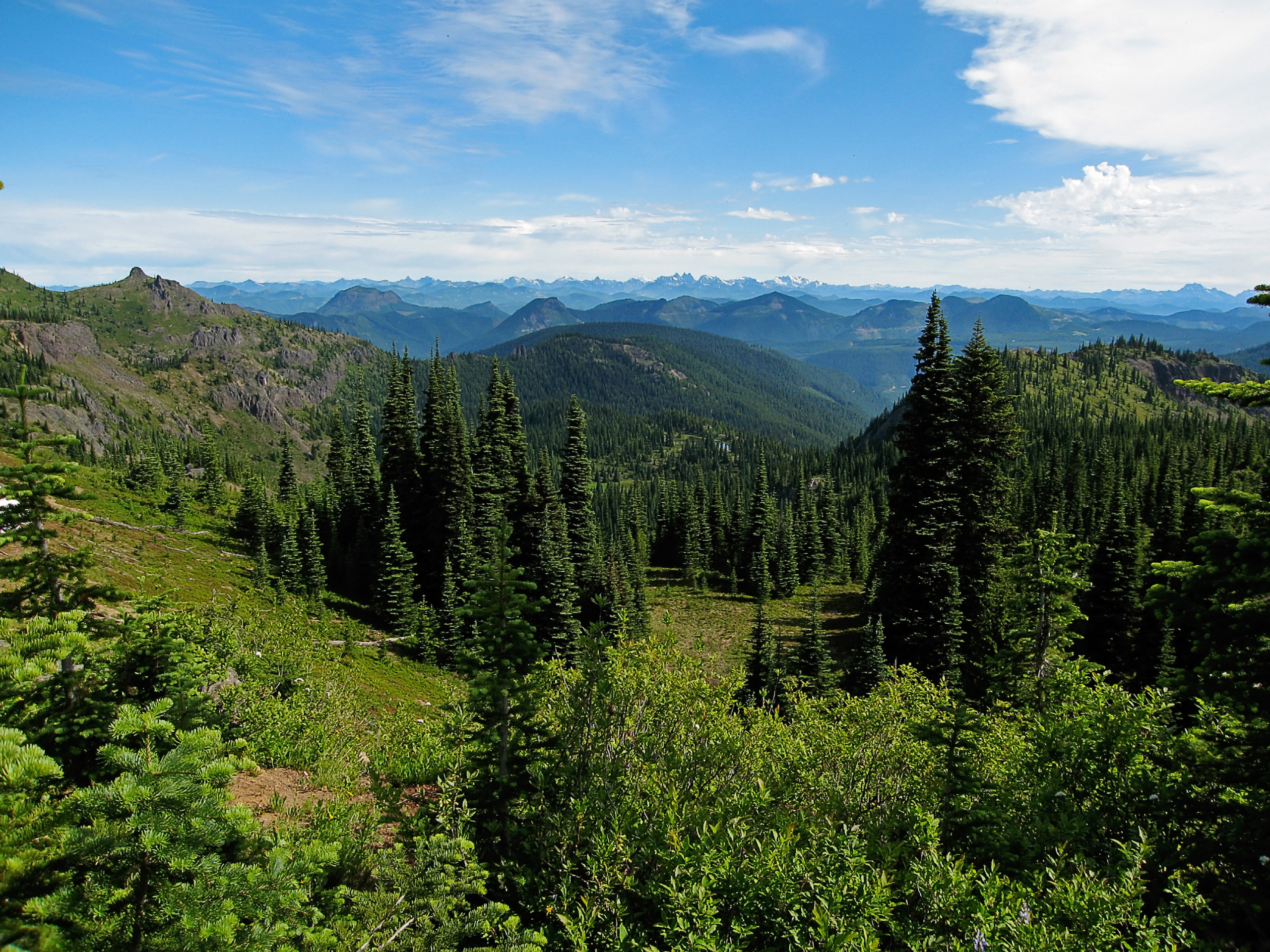
The North Cascade Mountains in Washington State is one of the few areas in the U.S. with intact forest landscape. Credit: Pfly/Wikimedia/CC-BY-SA 2.0
I expected this new study—“The Last Frontiers of Wilderness: Tracking Loss of Intact Forest Landscapes from 2000 to 2013”—to report on losses in tropical forests, such as the Amazon in Brazil, Peru and neighboring countries, and in Indonesia and Malaysia, where forest is being burned for industrial palm oil plantations.
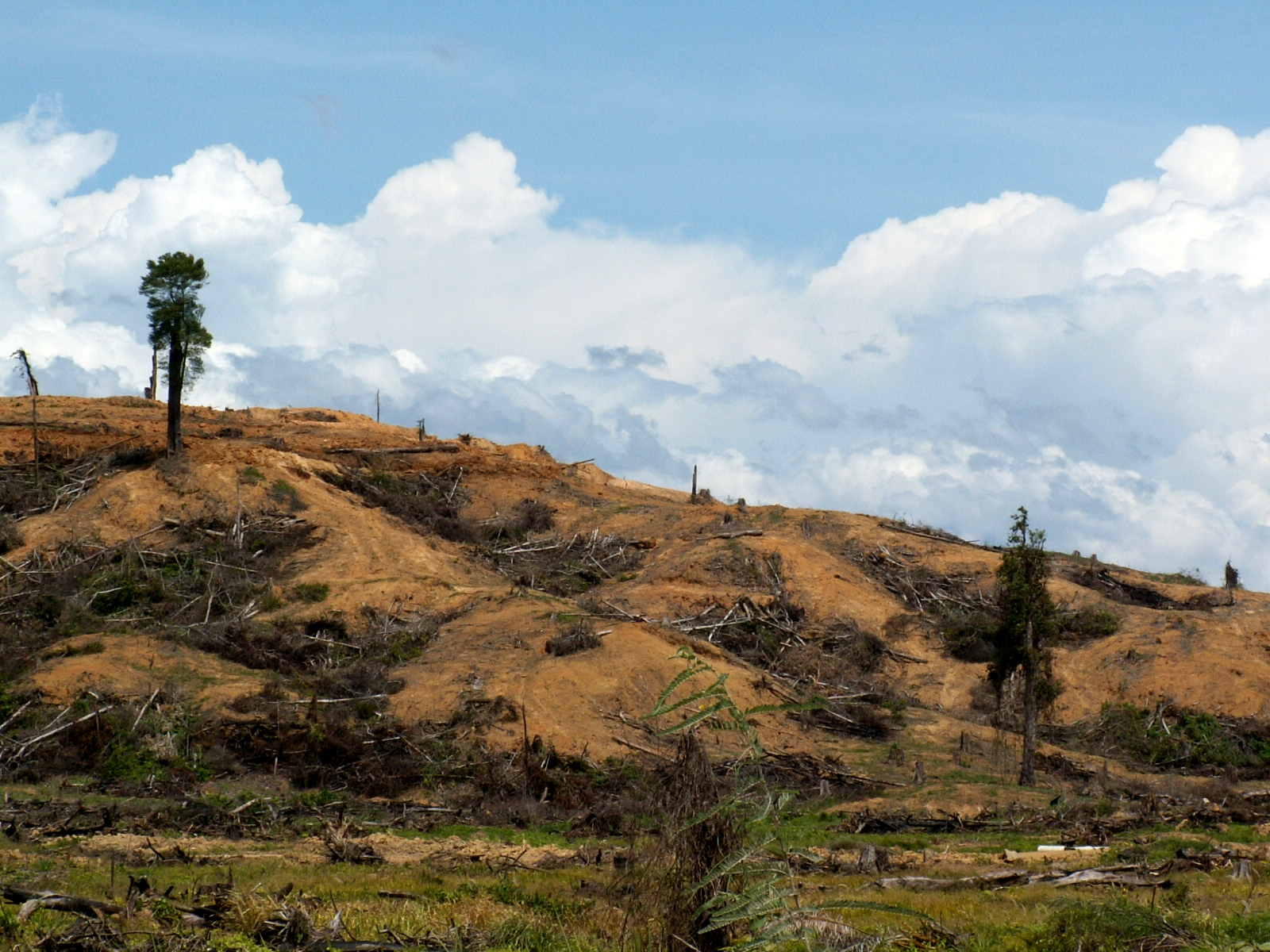
Land cleared for palm production in Indonesia. Credit: T.R. Shankar Raman/Wikimedia
Indeed, the new analysis documents extensive tropical forest destruction. Six percent of the tropical intact forest land that existed in Brazil in 2000 had been destroyed by 2013. In Indonesia, 11 percent disappeared, and in Malaysia, the loss was 25 percent.
What surprised me, though, was how much intact forest landscape was lost in developed countries like the U.S. and Australia. The U.S. lost a higher percentage of its high-value forest than Brazil did: nearly 8 percent, versus 6. Intact forest loss in Australia, at 33 percent, outpaced Malaysia. In terms of acreage destroyed, Brazil lost more than the U.S. because it has a bigger area of intact forest landscape, but the U.S. lost more acres than Indonesia, Malaysia or Australia.
In the countries mentioned above, the primary reason for intact forest landscape loss is our choice to use natural resources to expand consumption and economic activity. In South America, agriculture and pasture expansion was the biggest factor behind forest loss. In the U.S. and Southeast Asia, timber harvesting was responsible for the most destruction. Australia sacrificed its intact forest landscape to mining, and oil and gas extraction. (The study includes hydropower in this category, and it may be relevant for other parts of the world, but Australia didn’t build any major new dams in the period studied.)
Acre by acre, I’m sure somebody rationalized why the forest needed to be cleared. A growing middle class around the world wants to eat more beef, so adding rangeland in Brazil pays off financially. Americans want to buy inexpensive baked goods that don’t contain trans fat, encouraging companies to plant more palm oil plantations. Timber is useful in myriad ways, and lumber company can find a market for wood of any quality.
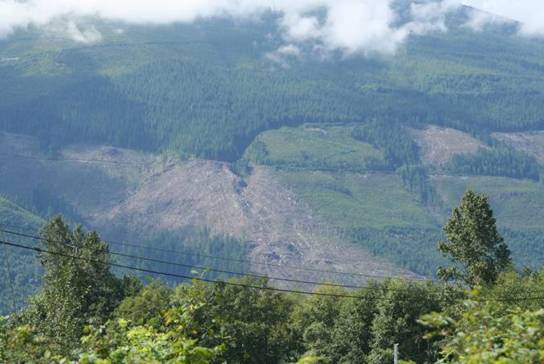
An example of a clear cut in the North Cascades region. (This image is not of logging studied in this new analysis of intact forest landscapes.) Credit: USGS
But in the aggregate, this destruction of high-value forest makes no sense. These forests help store carbon to maintain a livable climate. They support a diverse array of amazing life. They protect our drinking water.
That’s why this study leaves me asking when will we decide we have enough. Of the trees we logged in the U.S., I don’t know if they were used to build homes or furniture, make paper, or produce something else, but were any of those things worth it? Where’s the line? When will we recognize that we have enough stuff—enough space in our homes, enough matching bedroom sets, enough books—and are in danger of having too little of what matters?
Note: Thanks to Pacific Standard for publishing a great story about this research. I also really appreciate that Science Advances published this article under a Creative Commons license so that I could read the full study, and not just the abstract.
Topics
Authors
Elizabeth Ridlington
Associate Director and Senior Policy Analyst, Frontier Group
Elizabeth Ridlington is associate director and senior policy analyst with Frontier Group. She focuses primarily on global warming, toxics, health care and clean vehicles, and has written dozens of reports on these and other subjects. Elizabeth graduated with honors from Harvard with a degree in government. She joined Frontier Group in 2002. She lives in Northern California with her son.
Find Out More

The rise of sustainable guitars: How an industry is innovating to save our forests
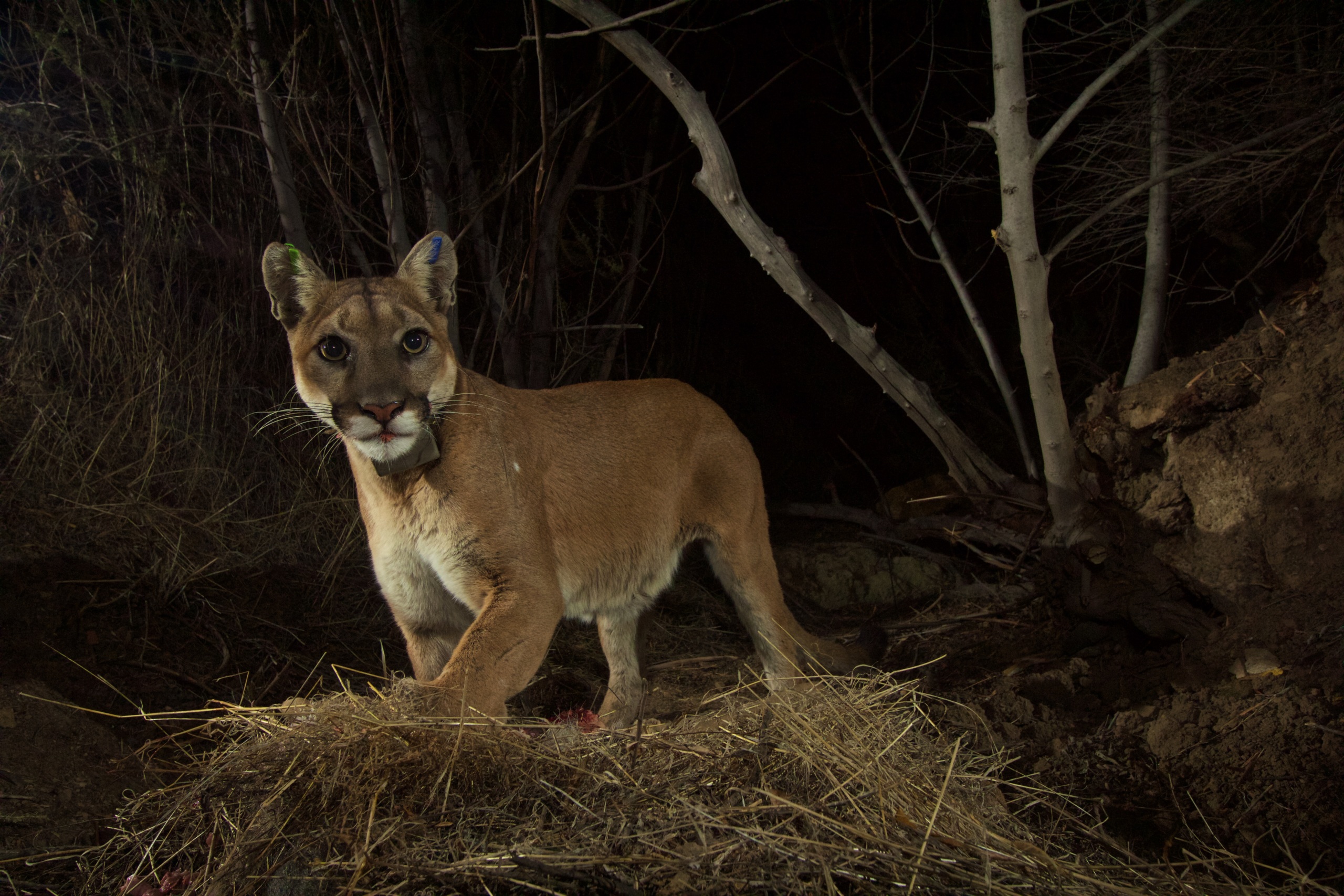
Climate action is not enough
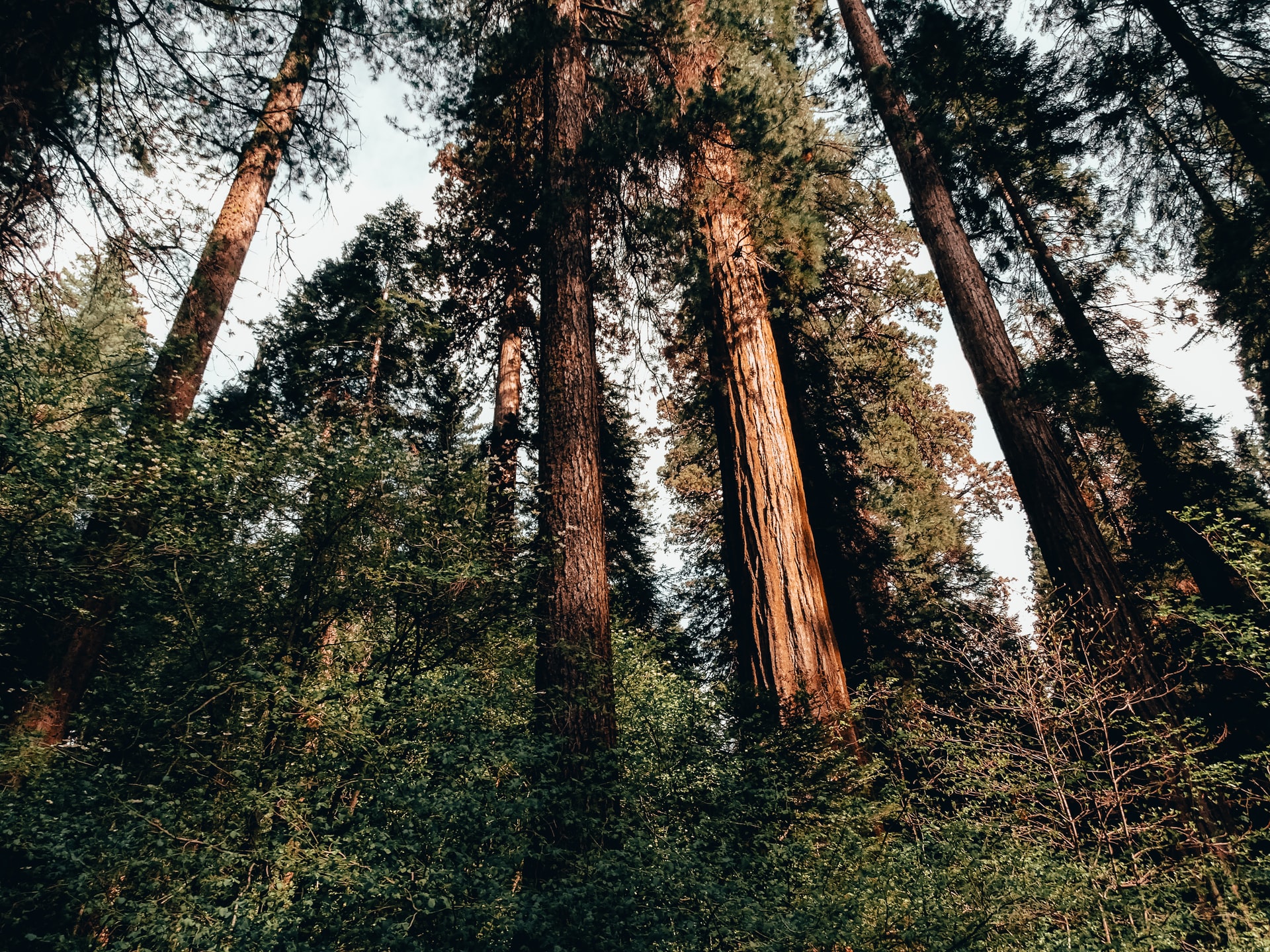
Proforestation: What it is and why it matters
